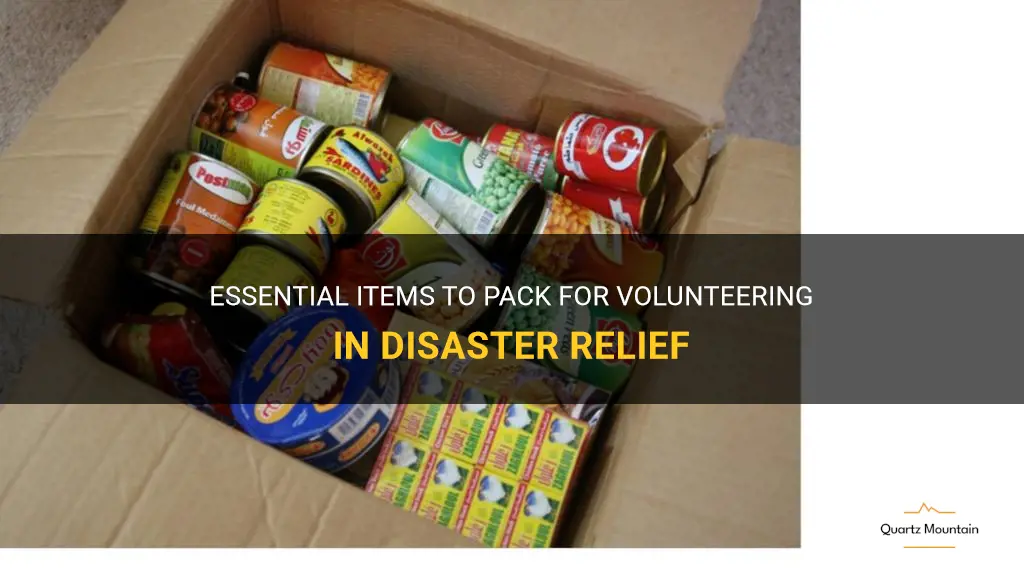
When disaster strikes, volunteers are often the first to arrive and the last to leave. Their dedication and bravery in providing much-needed relief to affected communities is truly admirable. However, in the midst of the chaos and urgency, it's easy to forget essential items that could make their work more efficient and effective. So, whether you're a seasoned volunteer or a first-timer, it's crucial to pack these essential items when embarking on a mission to provide disaster relief.
What You'll Learn
- What essential items should I pack when volunteering for disaster relief?
- Are there any specific clothing items or gear that I should bring when volunteering for disaster relief?
- How should I prepare my first aid kit for volunteering in disaster areas?
- Are there any documents or identification papers that I should bring with me when volunteering for disaster relief?
- What kind of food and water supplies should I include in my packing list for disaster relief volunteering?

What essential items should I pack when volunteering for disaster relief?
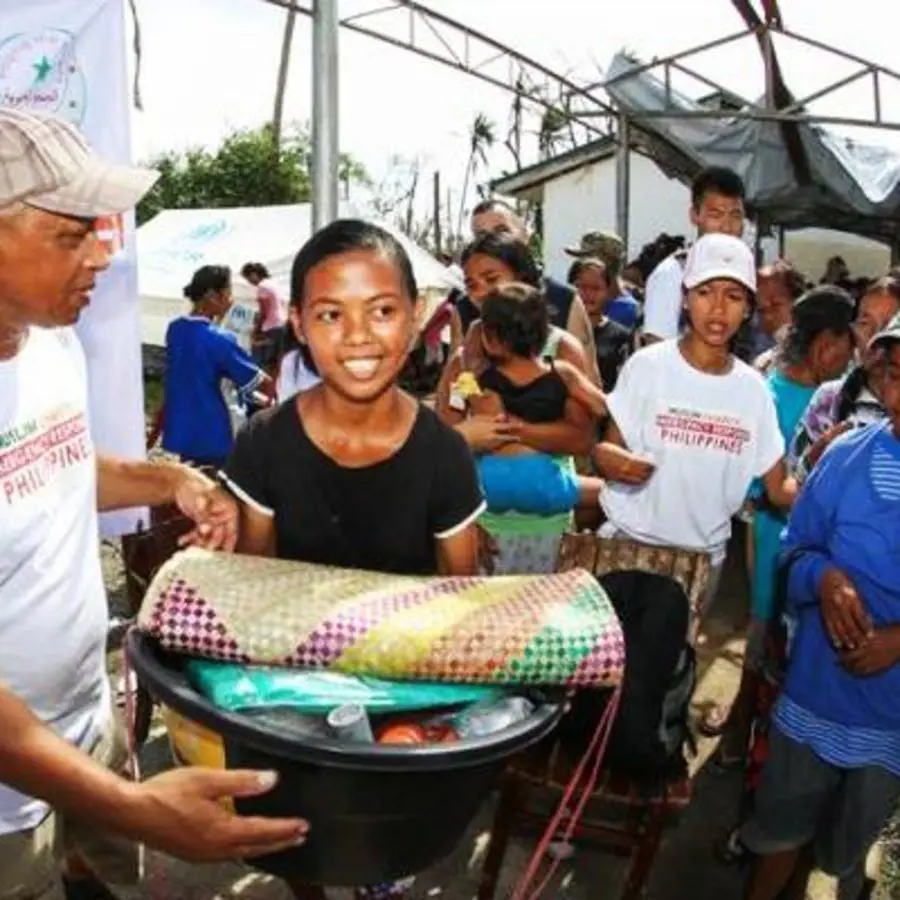
When volunteering for disaster relief, it is important to pack essential items that will help you stay safe, comfortable, and prepared for the challenges ahead. Whether you are responding to a natural disaster, a humanitarian crisis, or any other emergency situation, having the right supplies can make a significant difference in your ability to assist those in need effectively. Here are some essential items to consider packing for your volunteer trip:
- Personal Protective Equipment (PPE): In disaster zones, your safety should be a top priority. Pack items such as gloves, masks, goggles, and helmets to protect yourself from potential hazards, including debris, fumes, and airborne particles.
- First Aid Kit: A first aid kit should contain bandages, antiseptic solution, pain relievers, adhesive tape, scissors, tweezers, and other essential medical supplies. These items will enable you to provide basic medical assistance to those affected by the disaster.
- Water and Food: Pack enough bottled water and non-perishable food items to sustain yourself for at least a few days. In disaster-stricken areas, clean water and food may be scarce, so it is crucial to have your own supply.
- Shelter and Clothing: Bring a tent or tarp to provide temporary shelter if necessary. Include warm clothing, rain gear, and sturdy shoes to protect yourself from the elements. Depending on the location and season, consider packing blankets, sleeping bags, and a portable camping stove as well.
- Tools and Equipment: Include a multi-purpose tool, such as a Swiss Army knife, that can be used for various tasks. Other useful tools may include duct tape, ropes, work gloves, a flashlight, spare batteries, and a portable radio. These items can aid in search and rescue efforts, debris clearing, and overall disaster response.
- Hygiene Supplies: In disaster zones, access to clean water and sanitation facilities may be limited. Pack hand sanitizer, wet wipes, toilet paper, and personal hygiene items to help maintain cleanliness and prevent the spread of diseases.
- Communication and Documentation: Bring a fully charged mobile phone and a portable charger to stay connected with team members and emergency services. Carry a notepad and pen to document any important information or observations during your volunteer work.
- Personal Identification and Cash: Keep your identification documents, including your passport and driver's license, in a waterproof bag or container. Also, carry some cash in small bills, as ATMs and credit card systems may be inaccessible in disaster-stricken areas.
Remember to research the specific needs of the disaster-affected region before packing to ensure you have the right supplies. Additionally, consider any special requirements or recommendations from the organization or team you are volunteering with.
By packing these essential items, you will be better prepared to assist in disaster relief efforts and contribute to the well-being of those affected by the disaster. Your dedication and willingness to help make a difference in times of crisis are invaluable, and with the right supplies, you can maximize your impact.
Essential Packing Guide for a 7-Day Princess Cruise: Tips and Suggestions from CruiseTipsTV
You may want to see also

Are there any specific clothing items or gear that I should bring when volunteering for disaster relief?
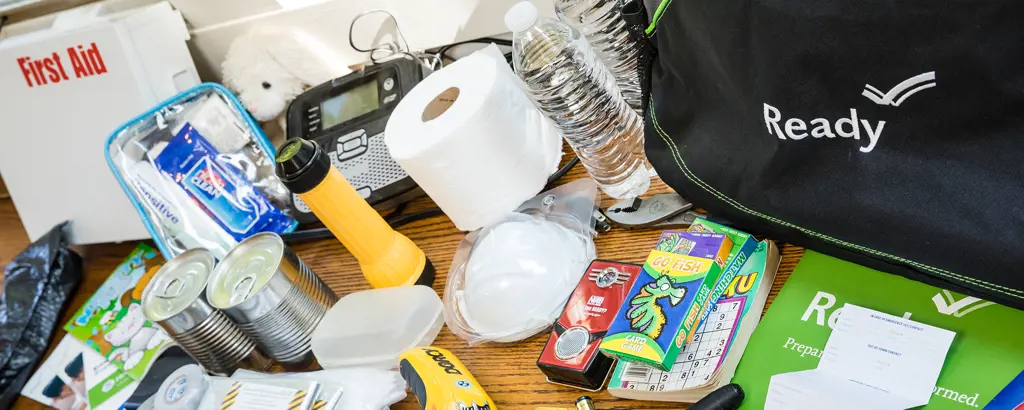
When volunteering for disaster relief, it is essential to be prepared and equipped with the proper clothing and gear. In these high-stress and often dangerous situations, having the right attire can make a significant difference in your comfort, safety, and ability to help those in need. Here are some specific clothing items and gear that you should consider bringing when volunteering for disaster relief.
- Protective Clothing: It is essential to have clothing that offers protection from various hazards. This includes long-sleeved shirts, long pants, and closed-toe shoes. Opt for durable, waterproof materials that can withstand adverse conditions and protect your body from physical injuries, sharp objects, and hazardous substances.
- High-Visibility Vest: A brightly colored vest or jacket with reflective strips can increase your visibility in low-light or high-traffic scenarios. This is especially crucial when working on roadsides, construction sites, or crowded disaster zones. A high-visibility vest helps avoid accidents and ensures that you stand out to both rescue workers and the affected population.
- Headlamp or Flashlight: These tools are essential for navigating during nighttime or when electricity is not available. A headlamp allows for hands-free activities, while a flashlight can provide focused light for specific tasks or search efforts. Ensure you bring spare batteries or a portable power bank to keep them charged.
- Waterproof Boots or Shoes: In disaster areas, the terrain may be uneven, flooded, or littered with debris. Thus, having waterproof boots or shoes with good traction is vital. They protect your feet from waterborne diseases, sharp objects, and uneven surfaces, enabling you to move safely and comfortably.
- Gloves: Disposable or work gloves are crucial for protecting your hands from injuries, pathogens, and hazardous materials. Comfortable gloves with good grip and dexterity allow you to handle debris, assist with first aid, or perform manual labor effectively while minimizing the risk of contamination.
- N95 Masks: Disaster zones may be contaminated with dust, smoke, chemicals, or infectious materials. N95 masks or respirators can help filter out harmful airborne particles, providing protection for your respiratory system. They are especially important for those involved in search and rescue, debris removal, or medical assistance.
- First Aid Kit: A well-stocked first aid kit is a must-have item for any disaster relief volunteer. It should include essentials like bandages, gauze pads, antiseptic wipes, tweezers, and adhesive tape. Familiarize yourself with basic first aid procedures and ensure the kit is easily accessible in case of emergencies.
- Personal Protective Equipment (PPE): Depending on the specific disaster or relief activities, additional PPE may be necessary. This could include safety goggles, hard hats, ear protection, or respiratory masks. Follow the guidelines provided by the relief organization or local authorities to determine the appropriate PPE required for your volunteer role.
Remember, it is crucial to pack light and only bring the essentials. Consider the duration of your volunteer work and the specific conditions you may encounter to ensure you have the appropriate amount of clothing and gear. Additionally, familiarize yourself with the weather conditions and potential hazards of the area, as this will also affect your clothing choices.
In conclusion, when volunteering for disaster relief, it is important to come prepared with the right clothing and gear. Protective clothing, high-visibility vests, headlamps or flashlights, waterproof boots or shoes, gloves, N95 masks, a first aid kit, and additional PPE are all essential items to consider. By equipping yourself properly, you can enhance your safety, efficiency, and overall effectiveness in providing assistance during challenging times.
Essential Fishing Gear to Pack for a Memorable Lake Erie Fishing Trip
You may want to see also

How should I prepare my first aid kit for volunteering in disaster areas?
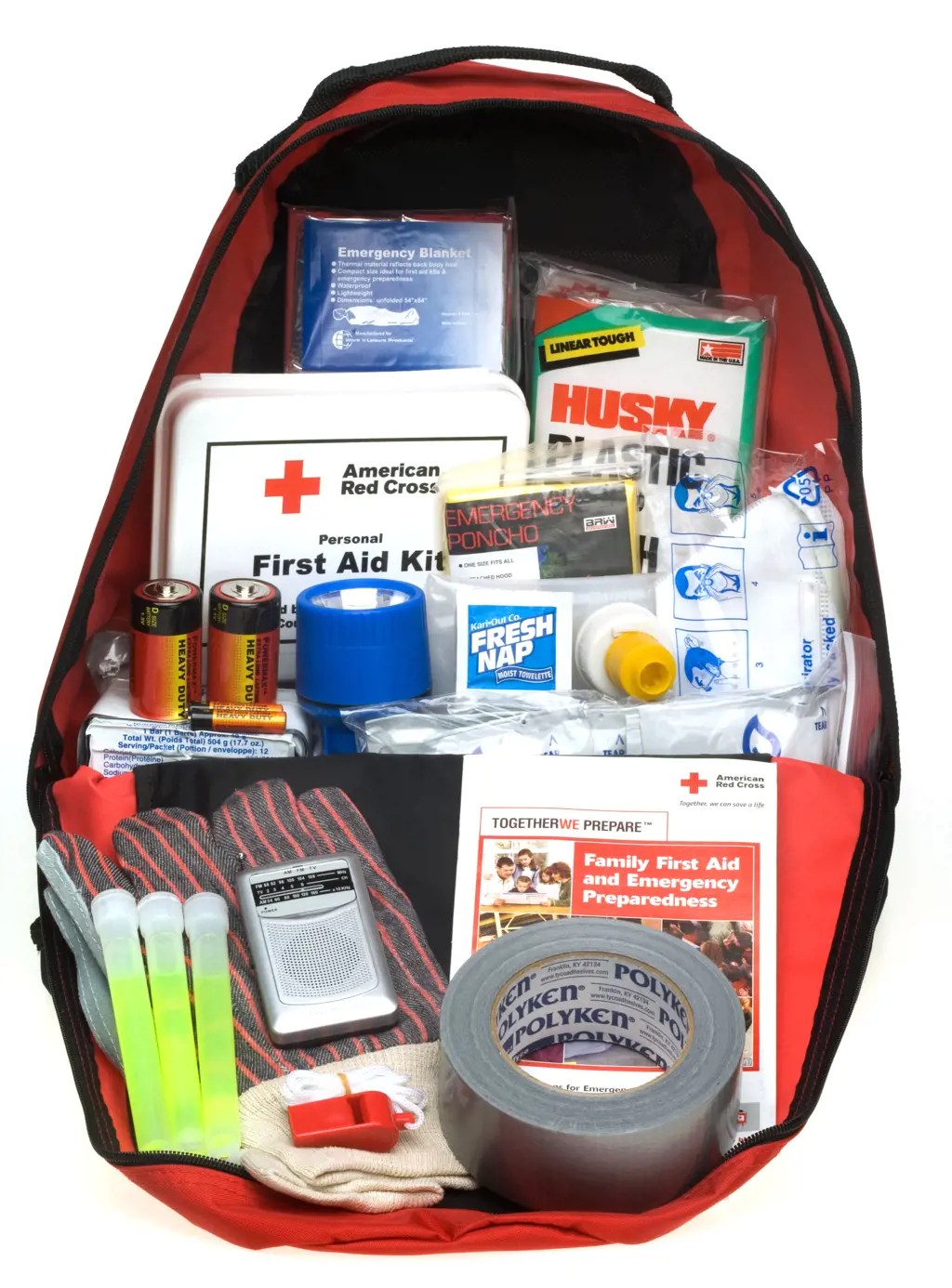
When volunteering in disaster areas, it is important to be prepared for any emergency situation that may arise. One way to ensure your readiness is by having a well-stocked first aid kit. This kit will provide you with the necessary supplies to treat minor injuries and potentially save lives.
Preparing a first aid kit for volunteering in disaster areas requires careful consideration of the specific needs and challenges you may encounter. Here are some steps to help you prepare your kit:
- Assess the Risks: Before assembling your first aid kit, it is essential to understand the potential risks and hazards associated with the disaster area you will be volunteering in. For example, if you are going to an area prone to earthquakes, you may need to include supplies for treating fractures and head injuries. If you will be working in a remote location, consider including items for treating insect bites and snake bites.
- Consult with Professionals: Reach out to medical professionals or organizations that have experience in disaster response to get expert advice on what to include in your kit. They may offer specific recommendations based on the type of disaster or common injuries encountered in the area.
- Basic Supplies: Your first aid kit should include essential supplies such as gloves, bandages, adhesive tape, and antiseptic solution. These items will help clean and cover wounds and prevent infection. It is also useful to have a thermometer, scissors, tweezers, and safety pins for various medical situations.
- Medications: Include over-the-counter medications such as pain relievers, antihistamines, and anti-inflammatory drugs. It is important to remember that you should not dispense prescription medications unless you are licensed to do so. Individuals may have specific medical needs, so consider carrying a basic supply of common prescription medications, with clear instructions for use in case of emergencies.
- Special Considerations: Depending on the disaster area, you may need to include additional supplies such as water purification tablets, sunscreen, insect repellent, and emergency blankets. These items can help protect volunteers and victims from environmental threats and promote overall well-being.
- Training and Education: Along with your first aid kit, it is vital to have proper training in first aid and CPR. Understanding how to use the supplies in your kit is just as important as having them. Consider taking a certified first aid course before volunteering in disaster areas.
- Regular Inspections and Replenishment: Once your first aid kit is prepared, periodically check and restock it to ensure that all supplies are up to date and in good condition. Medications may expire, and items may get used or damaged during deployments, so regular inspections are necessary.
It is also essential to pack your first aid kit in a way that allows for easy access and organization of supplies. Consider using labeled containers or clear pouches for quick identification of items.
In conclusion, preparing a first aid kit for volunteering in disaster areas requires careful planning, assessment of risks, professional advice, and necessary supplies. By having a well-stocked and properly organized kit, you will be better equipped to provide immediate care and support to those in need during emergency situations.
The Essential Items to Pack for Army Basic Training: A Complete Guide
You may want to see also

Are there any documents or identification papers that I should bring with me when volunteering for disaster relief?
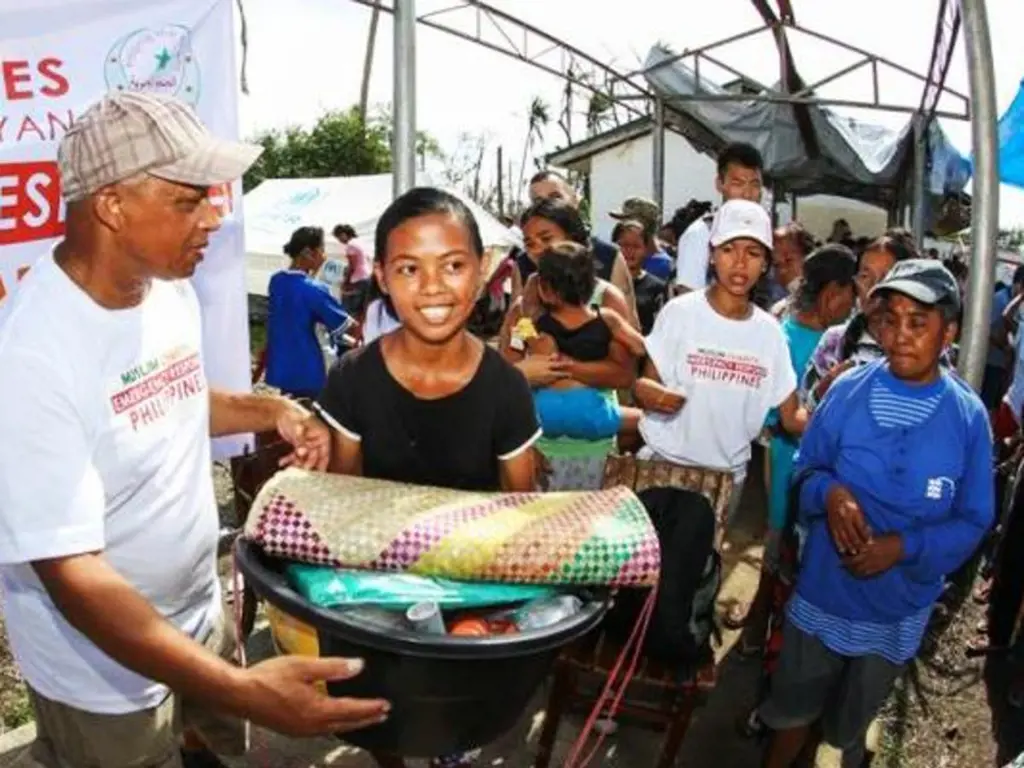
When volunteering for disaster relief, it is essential to be prepared and organized. One crucial aspect of being prepared is ensuring that you have all the necessary documents and identification papers with you. These documents play a significant role in verifying your identity and qualifications, enabling you to effectively contribute to the relief efforts. In this article, we will discuss the essential documents and identification papers that you should bring with you when volunteering for disaster relief.
Personal Identification Documents:
A valid government-issued ID card or passport is the most crucial document you should bring with you. This will help establish your identity and ensure that you are legally eligible to volunteer in the disaster-stricken area. In some cases, you may also be required to provide a copy of your ID card or passport to the relief organization you are volunteering with.
Volunteer Application and Background Check:
Most reputable relief organizations will require you to complete a volunteer application and undergo a background check before allowing you to participate in their programs. It is essential to carry a copy of your completed application and any relevant documentation related to your background check. This helps the relief organization keep track of your information and ensures that you have met their requirements.
Certification and Training Documents:
Depending on the nature of the disaster relief work, you may need to carry certifications or training documents. For example, if you have received training in first aid, CPR, or disaster response, it is advisable to bring copies of these certifications. These documents serve as proof of your qualifications and expertise and can be valuable in disaster situations where specific skills are required.
Medical and Vaccination Records:
In disaster-stricken areas, access to healthcare services may be limited. Carrying your medical records and vaccination history can be beneficial, especially if you have any pre-existing medical conditions or require specific medications. These records can help medical personnel provide appropriate care and ensure your well-being during the relief efforts. It is also advisable to carry a first-aid kit with basic medical supplies.
Emergency Contact Information:
It is important to have a list of emergency contact numbers and addresses with you. This should include the contact details of your family members, friends, and the local embassy or consulate. In the event of an emergency or if you become separated from the relief organization, this information can greatly assist in reaching out for help and staying connected.
Insurance and Liability Coverage:
While volunteering for disaster relief, it is crucial to have sufficient insurance and liability coverage. Check with the relief organization to see if they provide any coverage or if you need to arrange it independently. Carry proof of your insurance coverage and keep it readily accessible in case of any untoward incidents or accidents.
Remember to keep these documents and identification papers in a safe and secure place. It is also helpful to make digital copies and store them on a cloud-based platform or email them to yourself as a backup. By having these essential documents and identification papers with you, you can ensure a smoother volunteering experience and contribute effectively to the disaster relief efforts.
The Essential Checklist for Packing for a Year Away
You may want to see also

What kind of food and water supplies should I include in my packing list for disaster relief volunteering?

When preparing to volunteer for disaster relief efforts, it is essential to pack the necessary food and water supplies to sustain yourself and the people you are helping. While the specific food and water needs may vary depending on the situation, there are some general guidelines to consider when creating a packing list. This article will provide you with useful information on what kind of food and water supplies to include in your disaster relief volunteering packing list.
Water:
Water is the most crucial item to pack when volunteering for disaster relief. It is essential to have enough water to keep yourself hydrated and to facilitate basic sanitation needs. Aim to pack at least one gallon of water per person per day. Additionally, consider bringing water purification tablets or a portable water filter to ensure you have access to safe drinking water, even if your initial supply runs out.
Non-perishable food:
When it comes to food supplies, prioritize non-perishable items that have a long shelf life and require minimal preparation. Canned goods, such as vegetables, fruits, and protein sources like tuna or beans, are excellent options. Other suitable non-perishable foods include energy bars, dried fruits, nuts, and granola.
Meal replacement shakes:
Meal replacement shakes can be a convenient and nutritious option when volunteering in disaster areas. These shakes are typically high in protein and provide essential vitamins and minerals. They can serve as a quick meal replacement if cooking facilities are limited or non-existent. Ensure you pack enough meal replacement shakes to sustain yourself for the duration of your volunteer work.
Baby food and formula:
If you anticipate encountering families with infants or young children, it is crucial to include baby food and formula in your packing list. Opt for non-perishable options and consider the specific needs of infants and young children, such as age-appropriate formulas and easily digestible baby foods.
Utensils and cooking equipment:
Packing lightweight utensils and cooking equipment can be beneficial in disaster areas where basic cooking facilities are available. Include items like a camping stove, pots, pans, and cutlery to help you prepare and cook meals efficiently.
Snacks and comfort food:
While non-perishable, nutrient-dense foods are essential, do not forget to pack some snacks and comfort food items. These can serve as a source of morale and provide a sense of normalcy amidst challenging circumstances. Pack items like chocolate, cookies, or favorite snacks that can boost spirits during challenging times.
Special dietary needs:
Consider that some individuals you encounter during disaster relief efforts may have special dietary needs or restrictions. If possible, try to include a variety of options that accommodate different dietary preferences, such as vegetarian or gluten-free options.
Remember to regularly check the expiry dates on your food and water supplies and rotate them as needed to ensure they remain fresh and usable. Additionally, don't forget to pack the necessary tools for opening cans or packets, such as a can opener or multi-tool.
In conclusion, when packing food and water supplies for disaster relief volunteering, it is essential to prioritize water, non-perishable food, and items that cater to special dietary needs. Make sure to include enough supplies to sustain yourself and others for the duration of your volunteer work. Additionally, consider packing meal replacement shakes, baby food, utensils, cooking equipment, and comfort food to enhance your experience and provide much-needed nourishment during challenging times.
The Ultimate Guide: Essential Items to Pack for Your Dream Vacation
You may want to see also
Frequently asked questions
When volunteering for disaster relief, it is important to pack essential items that will help you stay safe, comfortable, and prepared for any situation. These items include a change of clothes, sturdy shoes, a first aid kit, personal hygiene products, and important documents.
A change of clothes is important because you may get dirty or wet during the relief efforts. Having clean clothes to change into will help you feel more comfortable and hygienic. It is also a good idea to pack layers, as weather conditions can vary greatly during disaster relief efforts.
Sturdy shoes are crucial when volunteering for disaster relief because they provide protection and support. You may be walking on uneven or debris-filled terrain, and a durable pair of shoes will help prevent injuries. Closed-toed shoes are highly recommended to protect your feet from any sharp or hazardous materials.
A first aid kit for disaster relief volunteering should include essential items such as adhesive bandages, sterile gauze pads, adhesive tape, antiseptic wipes, scissors, tweezers, and a digital thermometer. It is also helpful to pack any necessary prescription medications and any personal items you may need, such as glasses or contact lenses.
Packing important documents is necessary in case of emergencies or unforeseen circumstances. These documents may include your identification, insurance information, emergency contact numbers, and any relevant medical records. Having these documents readily available can help speed up any necessary paperwork or processes during the disaster relief efforts.







